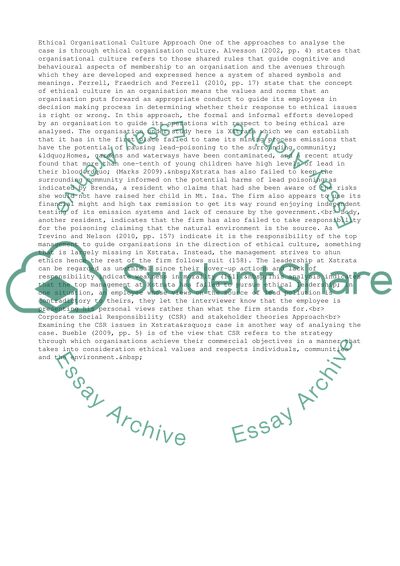Cite this document
(“Organisational and Stakeholder Ethical Considerations Living under a Case Study”, n.d.)
Organisational and Stakeholder Ethical Considerations Living under a Case Study. Retrieved from https://studentshare.org/business/1434006-check-the-attachment
Organisational and Stakeholder Ethical Considerations Living under a Case Study. Retrieved from https://studentshare.org/business/1434006-check-the-attachment
(Organisational and Stakeholder Ethical Considerations Living under a Case Study)
Organisational and Stakeholder Ethical Considerations Living under a Case Study. https://studentshare.org/business/1434006-check-the-attachment.
Organisational and Stakeholder Ethical Considerations Living under a Case Study. https://studentshare.org/business/1434006-check-the-attachment.
“Organisational and Stakeholder Ethical Considerations Living under a Case Study”, n.d. https://studentshare.org/business/1434006-check-the-attachment.


